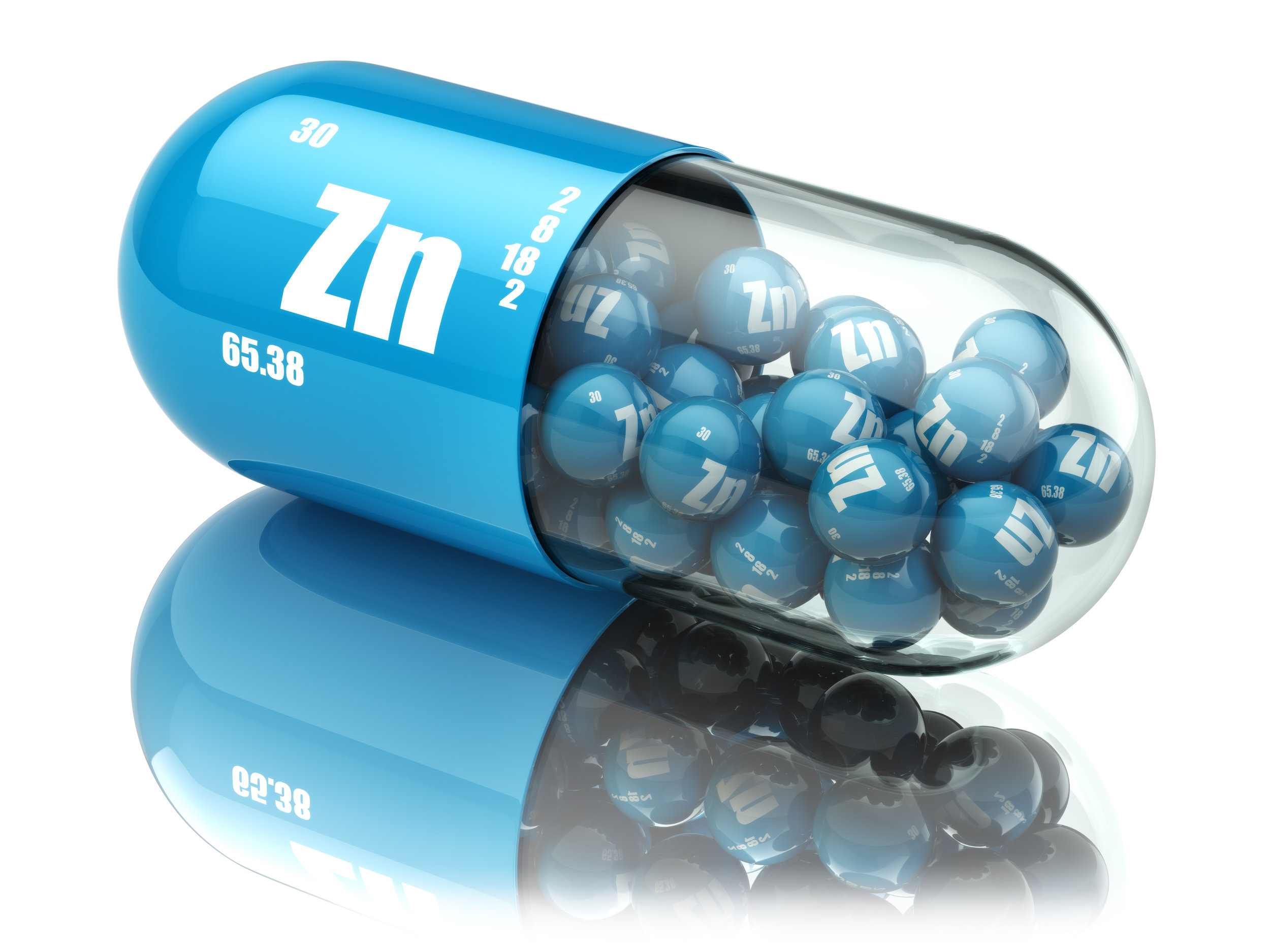Does nutrition factor in injury, repair and recovery?
/Published in North American Trainer, Winter 2017.
Lost training days through injury or infection are problematic for trainers, both practically and commercially. It is a stark fact that 50% of Thoroughbred foals, bred to race, may never reach the racecourse. In young Thoroughbreds, musculoskeletal problems have been cited as the most common reason for failure to race, and this appears to continue to be a major issue for horses in training.
An early study carried out in 1985 in the United Kingdom reported that lameness was the single biggest contributor to lost days of training, and subsequent research 20 years later found that this was still the case, with stress fractures, which involve normal bone being exposed to abnormal stress, being cited as a significant underlying cause. Perhaps not surprisingly, two-year-olds were more susceptible to injury than three-year-olds.
While there are of course many other reasons – including muscular issues such as tying up, respiratory problems, and viral infection – why horses may fail to train, in this survey medical issues accounted for only 5% of the total training days lost.
Balance between damage and repair processes are imperative
There are many factors that affect the chance of injury in Thoroughbreds in training, including genetic predisposition, conformation, and training surface. Style and type of training, in terms of frequency and intensity and how this is balanced through recovery protocols, is also likely to be a significant factor in the incidence of injury. The nature of training means that a balance between damage and repair processes are imperative. Physiological systems need to be put under stress to trigger a suitable training response, which inevitably involves a degree of micro-damage.
To read more of this article - subscribe now!







